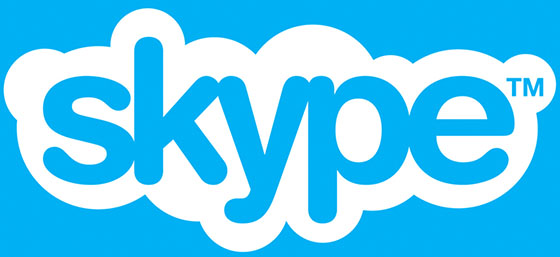How To Install Skype on Fedora 40

In this tutorial, we will show you how to install Skype on Fedora 40. In today’s interconnected world, effective communication is essential, and Skype has become a go-to platform for millions of users worldwide. With its user-friendly interface and robust features, Skype enables seamless video calls, voice calls, and instant messaging across various devices. As a Fedora 40 user, you’ll be pleased to know that installing Skype on your system is a straightforward process.
This article assumes you have at least basic knowledge of Linux, know how to use the shell, and most importantly, you host your site on your own VPS. The installation is quite simple and assumes you are running in the root account, if not you may need to add ‘sudo‘ to the commands to get root privileges. I will show you the step-by-step installation of Skype on a Fedora 40.
Prerequisites
Before we dive into the installation process, ensure that you have the following prerequisites in place:
- A server running one of the following operating systems: Fedora 40.
- It’s recommended that you use a fresh OS install to prevent any potential issues.
- You will need access to the terminal to execute commands. Fedora 40 provides the Terminal application for this purpose. It can be found in your Applications menu.
- A stable internet connection to download the necessary packages.
- A non-root sudo user or access to the root user. We recommend acting as a non-root sudo user, however, as you can harm your system if you’re not careful when acting as the root.
Install Skype on Fedora 40
Step 1. Update the System.
To update your system, open the terminal and run the following commands:
sudo dnf clean all sudo dnf update
These commands will fetch and install the latest updates for your Fedora 40 system, ensuring that you have access to the most recent bug fixes, security patches, and performance improvements. Additionally, you may need to install some dependencies and libraries required by Skype. Don’t worry; we’ll cover that in the upcoming sections.
Step 2. Installing Skype on Fedora 40.
- Method 1: Installing Skype Using the Snap Package Manager
Snap is a universal package manager developed by Canonical, the company behind Ubuntu. It allows you to install applications securely and easily across different Linux distributions, including Fedora 40. Here’s how to install Skype using Snap:
sudo dnf install snapd
Once Snap is installed, you need to enable classic Snap support by running:
sudo ln -s /var/lib/snapd/snap /snap
Now, you can install Skype using the Snap package manager with the following command:
sudo snap install skype --classic
After the installation is finished, you can launch Skype from the application menu or by typing “skype” in the terminal.
Using Snap provides a convenient and secure way to install Skype on Fedora 40, ensuring that you always have access to the latest version of the application.
Method 2: Installing Skype Using Flatpak
Flatpak is another popular package management system that allows you to install applications in a sandboxed environment, providing better security and isolation from the host system. Fedora 40 has built-in support for Flatpak, making it easy to install Skype using this method. Here’s how:
sudo dnf install flatpak
Next, you need to add the Flathub repository, which is the primary source for Flatpak applications. Run the following command:
flatpak remote-add --if-not-exists flathub https://flathub.org/repo/flathub.flatpakrepo
Now, you can install Skype using Flatpak with the following command:
flatpak install flathub com.skype.Client
Once the installation is complete, you can launch Skype from the application menu or by running the following command in the terminal:
flatpak run com.skype.Client
Flatpak provides an additional layer of security and makes it easy to manage applications on your Fedora 40 system.
After successfully installing Skype on your Fedora 40 system, you’ll need to perform some initial configuration steps to get started. Here’s what you need to do:
- Sign in to your Skype account using your Microsoft account credentials. If you don’t have an account, click on the “Create one!” link and follow the prompts to set up a new account.
- Once signed in, Skype will guide you through the initial setup process, which includes configuring your audio and video settings. Make sure to grant Skype access to your microphone and camera when prompted.

Congratulations! You have successfully installed Skype. Thanks for using this tutorial for installing Skype on your Fedora 40 system. For additional or useful information, we recommend you check the official Skype website.